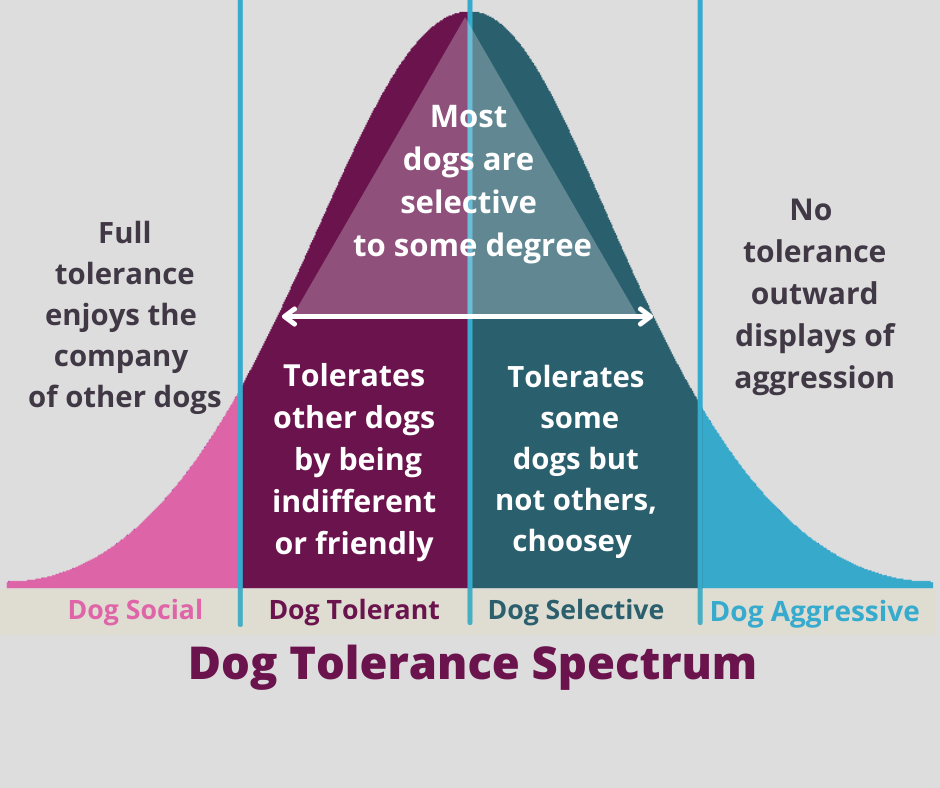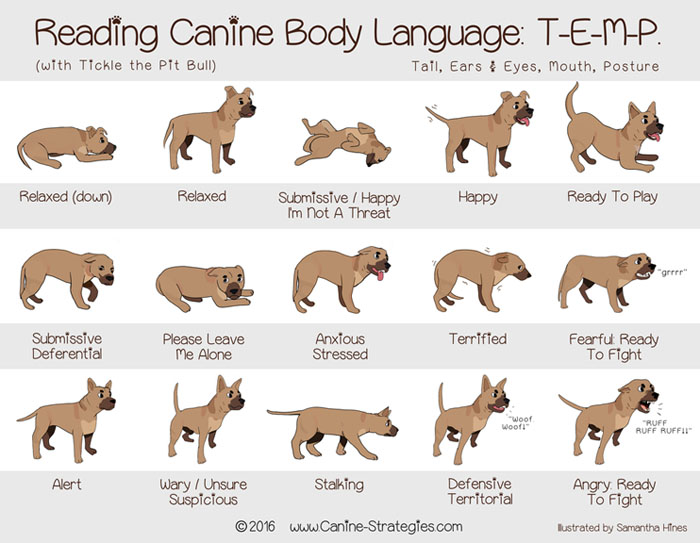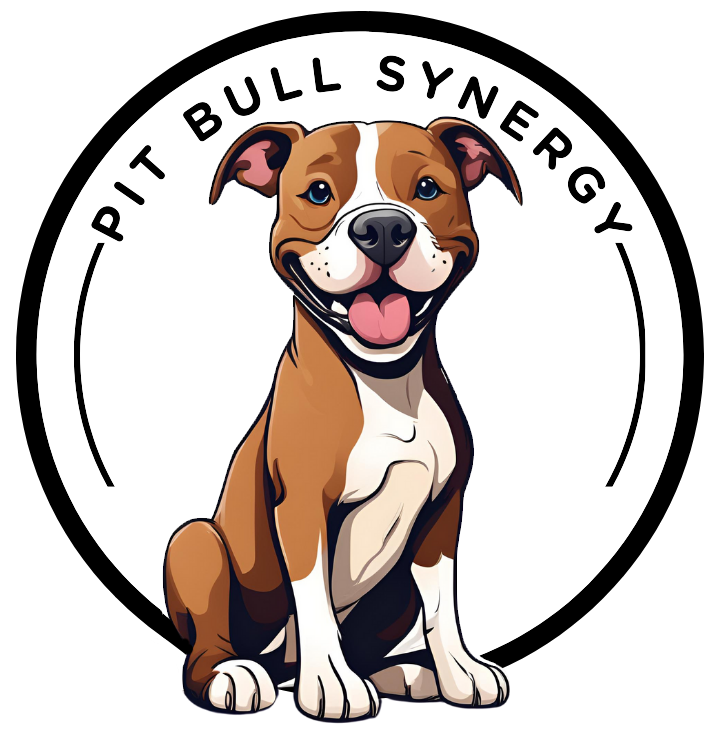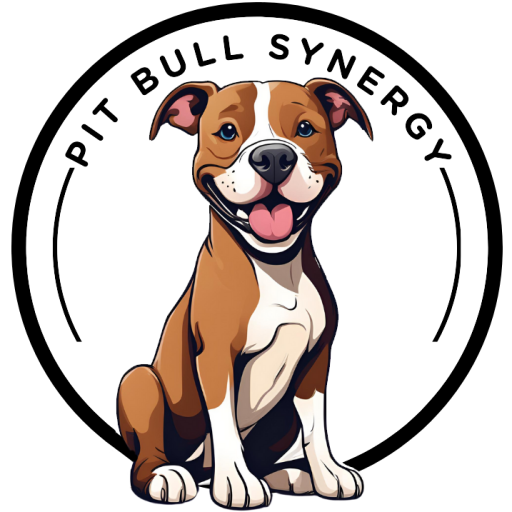menu
Dog Tolerance
Dogs can be rough at times, but rough play can quickly turn into a fight.
Dog to Dog
Aggression
Dog tolerance, or dog acceptance of other dogs, varies widely among breeds. Due to their unique history, some Pit Bulls may have even less tolerance and be dog reactive than other dog breeds.
Educated Pit Bull owners are aware, understand, and accept their dogs' tolerance level toward other dogs, and they manage their dogs appropriately.
Dog Tolerance Spectrum
At one end of the dog tolerance spectrum, you have dogs who get along fantastically well with other dogs. At the other end, you have dogs who must always be separated from other dogs. Those dogs who can't get along or be around other dogs at all.
Most dogs fall somewhere in the middle; they may get along with some dogs. But not get along with others. Or, they are picky about which dogs they like, or they may prefer females or males maybe it's small or large dog. Or they may prefer only dogs from their own household.

Tolerance Levels
All puppies are gentle and friendly toward other dogs. This is commonly referred to as "dog social" behavior, which means they enjoy the company of other dogs. And, most dogs' social skills will evolve as they mature. This can range from 8 months to 3 years of age. Some dogs will become "dog tolerant," meaning indifferent or friendly, while others will become "dog selective," liking some dogs but not others, and still others will become "dog aggressive," meaning they will not tolerate dogs at all. Dogs in the last two categories require constant supervision and management.
Determined by both environmental factors such as the amount and type of training, handling, and socialization as well as genetics. It is critical to understand that dog tolerance levels can change depending on individual circumstances, such as when the dog is stressed or ill. Knowing your dog's body language can help you react appropriately in this situation.
Understanding a dogs body language and being able to spot it will help you understand what a dog is trying to say.
A Relaxed Dog
Has relaxed body, squinty eyes, a smiley mouth, a loosely wagging tail or butt, and smooth movements.
Stiff Dog Posture
Be on the lookout for stiffly held bodies, whipping tails (a tail held vertically and wagging forcefully over the dog's back). Hard stares with closed mouths, and high-pitched, aroused whining.

Some dogs can be silent. It's best not to engage in dog-to-dog interactions if your dog isn't displaying relaxed body language. It only takes seconds for a tense situation to escalate to a confrontation.
Puppies
During a puppy's first year, socialization is critical. It is very important to expose a puppy or young dog to unfamiliar people, places, and things. This helps to develop a canine good citizen. It may not, however, be sufficient to prevent dog reactivity. It's important to understand that in response to a situation dog-directed aggression is a combination of genetics and environmental factors, such as socialization.
Ongoing Socialization
By providing frequent socialization with friendly, well-socialized, and well-behaved dogs, you can increase your chances of having a dog-friendly, dog-tolerant adult dog. A dog being threatened or attacked by another dog is the leading cause of other dog aggression. Aside from genetics. This is why dog parks are a terrible idea. You should also be aware of dog body language and protect your puppy; do not allow them to defend themselves because practicing a behavior breeds a behavior.
To be effective, socialization must be ongoing; you cannot do it once and then stop. You must continue to socialize with friendly dogs and new dogs as the young dog grows. This is easily accomplished by attending training classes or joining a local dog group.
There is assistance available for dogs who are already aggressive. You can help your dog become more friendly or at least more tolerant of other dogs if you are committed to assisting your dog in working through this. Depending on the level of aggression, you'll have to figure out how to deal with it. We recommend that you enlist the assistance of a certified trainer or behaviorist to help you work through it correctly; this is not something you want to mess up.
With behavior modification training, responsible handling, and/or slow, careful introductions to appropriate dogs, some dogs' tolerance improves dramatically. Because dog-directed aggression has no correlation with human-directed aggression and is a completely separate behavior, dog-reactive dogs can still be great pets for owners who are willing to manage their pet's behavior for life, including constant leashes, no dog parks, and careful management.
Assistance Suggested
There is assistance available for dogs who are already aggressive. You can help your dog become more friendly or at least more tolerant of other dogs. Committing to assisting your dog in working through this can be successful. Depending on the level of aggression, you'll have to figure out how to handle it. We recommend that you enlist the assistance of a certified trainer or behaviorist to help you work through it correctly; this is not something you want to mess up.
With behavior modification training, responsible handling, and/or slow, careful introductions to appropriate dogs, some dogs' tolerance improves dramatically. Because dog-directed aggression has no correlation with human-directed aggression and is a completely separate behavior. Dog-reactive dogs can still be great pets for owners who are willing to manage their pet's behavior for life, including constant leashes, no dog parks, and careful management. You can find certified dog trainers and behaviorists through Association of Professional Dog Trainers, local vets or local shelters.

